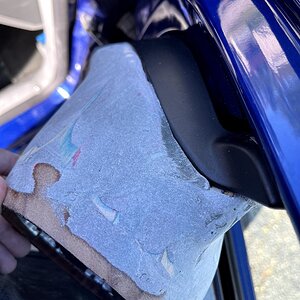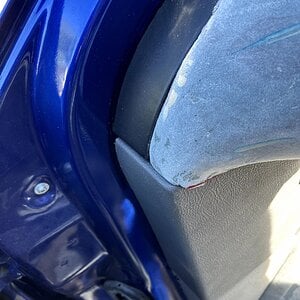Dozyproductions
CarAudio.com Newbie
I tried searching for the answer but coming up a little short so I hope I'm not asking something that's been repeated/talked about a million times. If so, if you have a link I'd appreciate it.
So, hello. I got a stock Lancer and the factory RF system is abysmal and needs to be replaced. I'm looking to replace the stock components with Mac Audio BLK 2.16 or Sinuslive sl16 + neo 30. Both have a shallow enough mounting depths, which is key to keeping the stock look and the lady friend happy.
The question is should/could I stack a couple of baffles on to each other, and after careful measuring, cut the baffles at an angle in order for the woofers to be pointing, as close as possible, up and towards our heads? Will it do anything? With so many surfaces to bounce off of will door speakers, from opposite ends, really be cancelling each other out?
So, hello. I got a stock Lancer and the factory RF system is abysmal and needs to be replaced. I'm looking to replace the stock components with Mac Audio BLK 2.16 or Sinuslive sl16 + neo 30. Both have a shallow enough mounting depths, which is key to keeping the stock look and the lady friend happy.
The question is should/could I stack a couple of baffles on to each other, and after careful measuring, cut the baffles at an angle in order for the woofers to be pointing, as close as possible, up and towards our heads? Will it do anything? With so many surfaces to bounce off of will door speakers, from opposite ends, really be cancelling each other out?


